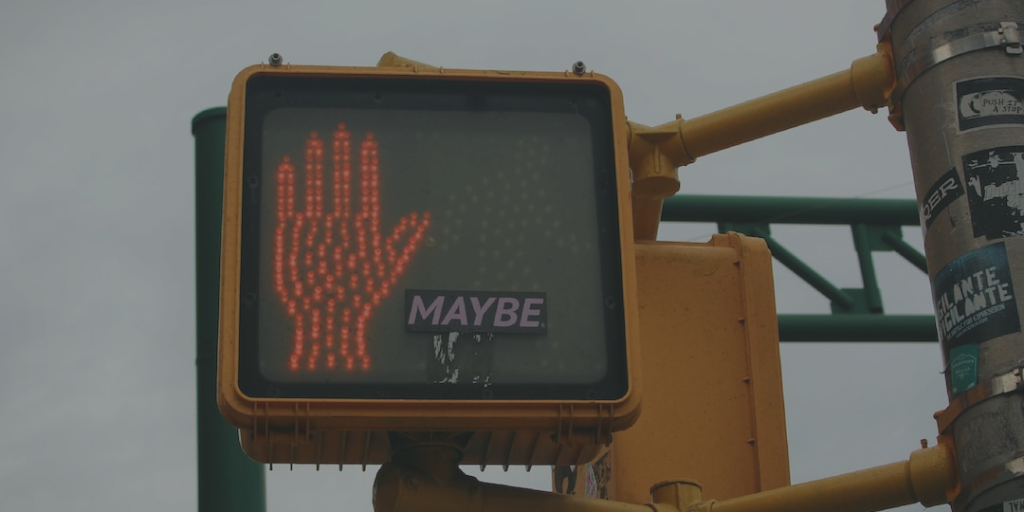One of the most challenging variables for us to confront when facing a decision is ambiguity. Very few things can make our blood pressure rise, like being asked to make a decision when aspects of that decision are unclear, confusing, or open to different interpretations.
When faced with options that have unpredictable outcomes, researchers have noticed that our brains tend to lean toward the option with the highest known probability. This has been dubbed the “ambiguity effect,” and, unfortunately, it doesn’t always serve us well in organizations. As we begin another week, let’s explore this tendency, our tolerance or lack thereof for ambiguity, and how we can better manage uncertain situations that arise in life and leadership.
The Ambiguity Effect: When We Avoid Choices with Less Information
Here’s how the ambiguity effect works: when faced with deciding between two potential outcomes—one with a clear probability and one with an unknown probability—studies show that people tend to choose the option with the known possibility. The most famous example of this in research comes from Ellsberg’s Paradox. The experiment he created went something like this. There are two buckets, and each bucket has 100 balls that are either red or white.
- You know that one of the buckets has 50 white balls and 50 red balls.
- You don’t know the ratio of white to red balls in the other bucket.
Someone challenges you to place a bet on pulling out a particular ball color. You decide to bet $20 that you will pull out a red ball. Now comes the question, which bucket do you select to pull from?
The second bucket could have 99 red balls and one white ball, or vice versa. Without knowing the ratio, we can’t know our odds of winning. So, in many cases, people choose the first bucket because there is a known chance of winning (50%). However, by dodging the ambiguous choice, we may miss the opportunity to take a risk and increase our odds of winning.
Maybe you’re not someone who spends time betting on balls in buckets; consider how this effect influences our buying habits. One study discovered that people tend to choose goods and services from well-known brands because they believe that these brands have better quality products than less familiar brands. Since consumers don’t know anything about the unfamiliar brand, they are attracted to what feels more familiar.
In other words, when it comes to decisions, we don’t like to deal with things that are unknown, so we avoid them as much as we can.
How to Overcome the Ambiguity Effect
We must be aware of our cognitive biases and recognize when they show up in our thinking. Now that we know this tendency, here’s a couple of steps that we can take to move away from the Ambiguity Effect.
- Personalize the Effect. Think about a time when you and your team had to make a decision with limited information. How did you approach it? Do you remember how you and others felt while trying to decide? Which option did you ultimately choose? A little self-reflection can be critical in ensuring this bias doesn’t transition from something that people naturally deal with to a decision swaying tendency within us and our team.
- Don’t Rush a Decision. A simple and yet effective way to minimize the ambiguity effect is by taking a little more time to think through a decision. We live in a fast-paced world, and it’s our experience that leaders rush thinking through decisions because they feel pressure to move. As the old saying goes, “Time is money.” That said, we can’t let the pressure to move fast sabotage our decision-making process. Don’t let the safe and quick option become your default. Take an appropriate amount of time to research and think about the possibilities of a decision and then move.
—–
Final Thought: Today’s leaders must make decisions amid ambiguity. How will you avoid the tendency for the ambiguity effect to drive your team’s decision-making?


















